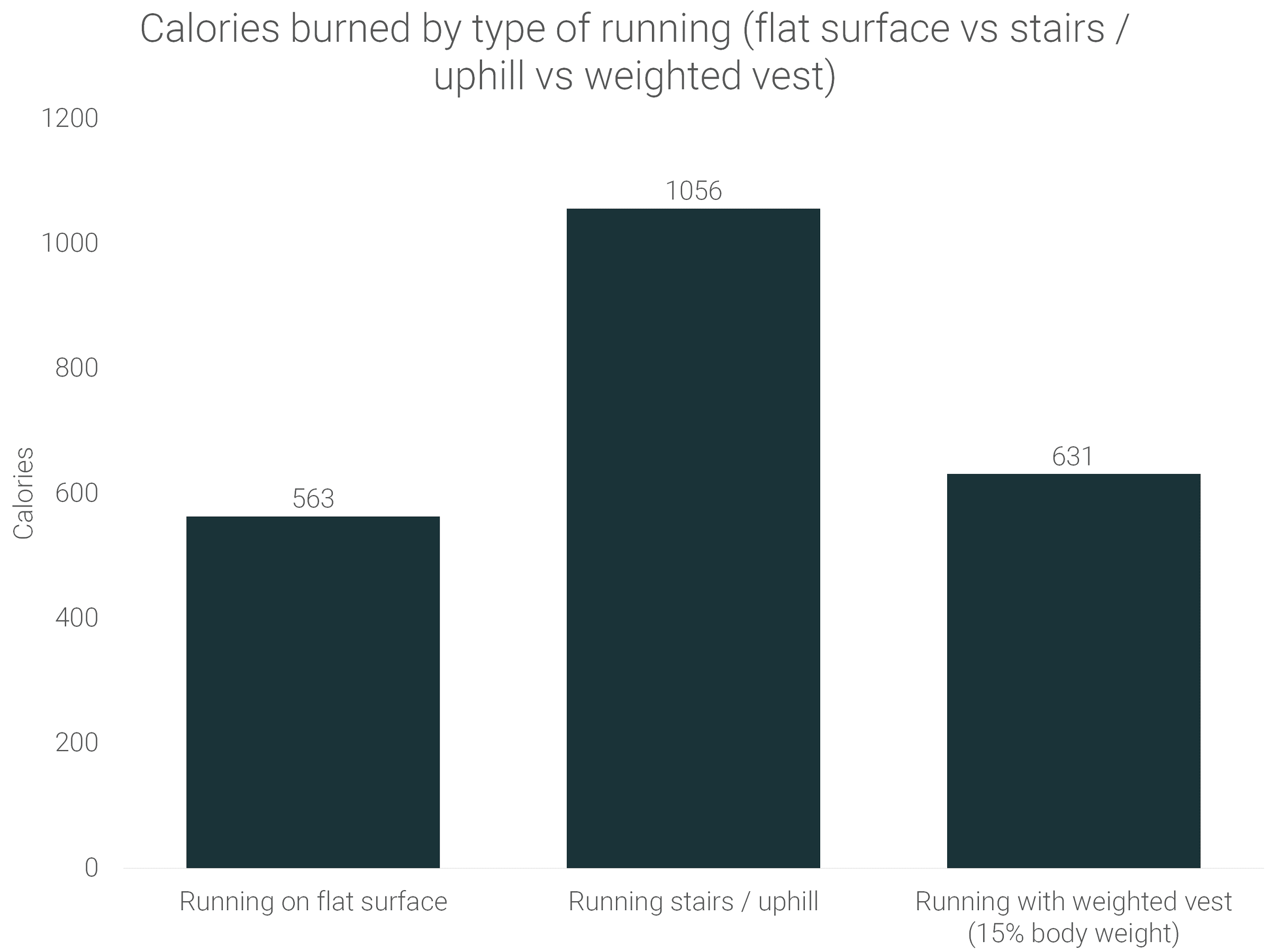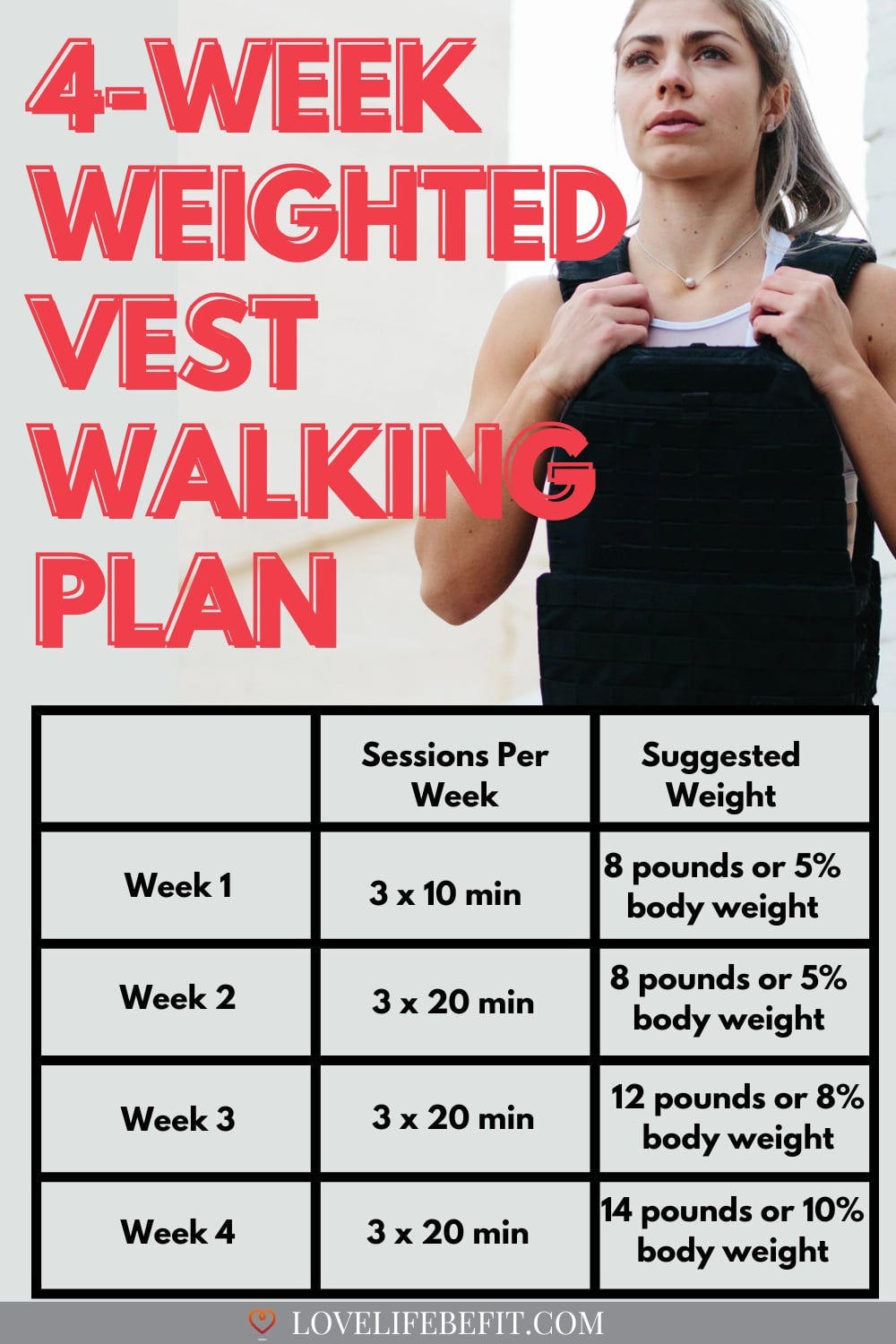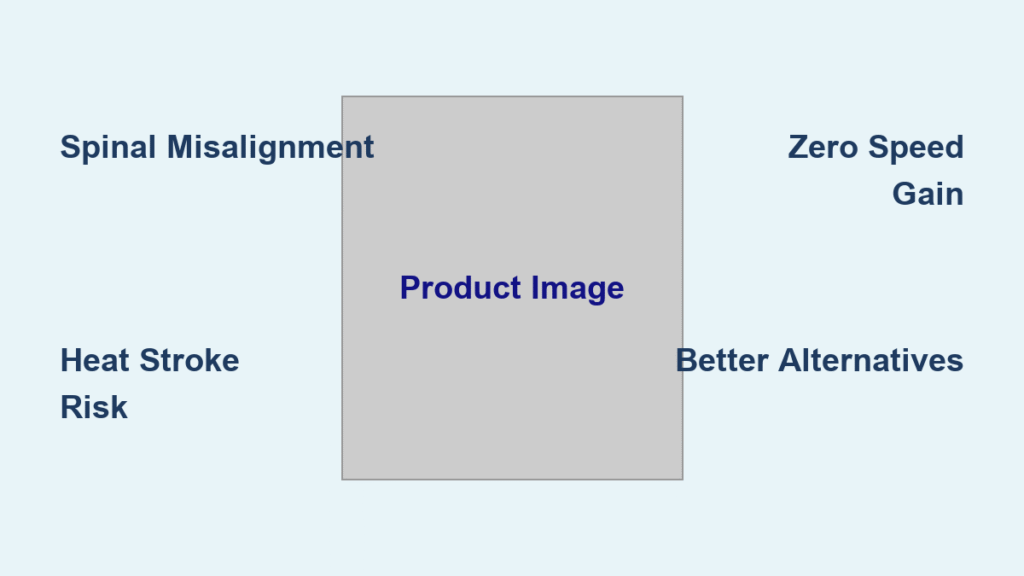Your morning stroll just became a metabolic powerhouse. Slipping on a weighted vest while walking triggers physiological changes that deliver measurable fitness results without increasing your pace or impact. Research shows this simple addition to your routine can burn up to 40% more calories, strengthen vulnerable bones, and build functional muscle—all while enjoying your neighborhood walk. Whether you’re aiming for weight loss, bone density improvement, or simply maximizing your daily movement, the benefits of walking with weighted vest make it one of the most efficient upgrades to your fitness regimen.
This isn’t just about adding resistance—it’s about strategic load distribution that transforms a low-impact activity into a full-body conditioning tool. Unlike ankle or wrist weights that disrupt natural gait, a properly fitted vest evenly distributes weight across your torso, maintaining your center of gravity while amplifying the workout effect. The best part? You can start seeing results within weeks by following evidence-based protocols that prioritize safety and progressive overload.
Burn Up to 40% More Calories Without Increasing Pace

Metabolic Boost Mechanics
Adding a weighted vest forces your body to work significantly harder with every step while maintaining your normal walking speed. When you incorporate 5-10% of your body weight (7.5-15 pounds for a 150-pound person), your muscles generate more force to move the additional load, increasing energy expenditure across your entire system. Studies published in Medicine & Science in Sports & Exercise confirm this metabolic advantage, showing up to 40% greater calorie burn compared to unweighted walking.
Key metabolic advantages you’ll experience:
– 10-15% immediate increase in caloric expenditure during each session
– Enhanced fat oxidation both during and after your walk
– Muscle preservation while losing weight, unlike traditional calorie restriction
Real-World Fat Loss Results
The Lancet published groundbreaking research showing adults who wore weighted vests for just 8 hours daily lost an additional 3 pounds of pure fat over 3 weeks while maintaining muscle mass. Even more impressive, postmenopausal women walking just 30 minutes with weighted vests three days per week achieved 8.4% fat loss compared to only 2.4% in the non-weighted group over six weeks. This makes weighted vest walking particularly valuable for those struggling with stubborn fat loss plateaus.
Strengthen Vulnerable Bones Through Targeted Loading

How Weighted Vests Stimulate Bone Growth
Your bones respond to mechanical stress by becoming denser and stronger—a process called bone remodeling. Weighted vests provide this crucial stimulus exactly where you need it: through your hips, spine, and legs. The controlled load triggers osteoblast activity (your body’s bone-building cells), counteracting age-related density loss that starts as early as your 30s.
Research-Validated Bone Density Improvements
A 2018 Journal of Osteoporosis and Physical Activity study tracked older adults using weighted vests during weight loss and found they maintained bone mineral density while the control group lost bone mass. Similarly, Rheumatology International published research showing postmenopausal women with osteoporosis using vests carrying 4-8% of their body weight demonstrated significant improvements in bone formation markers. These findings are especially critical for women over 50, whose hip and spine bones become increasingly vulnerable to fractures.
Activate 30% More Muscle Groups Than Regular Walking

Full-Body Engagement You Can’t Get From Standard Walking
Unlike regular walking that primarily works your lower body, weighted vest walking creates a full-body training effect. Your core muscles engage automatically to maintain posture against the added resistance, while stabilizer muscles throughout your hips and ankles work overtime to keep you balanced. This transforms your daily walk into a comprehensive strength session targeting multiple muscle groups simultaneously.
Muscles activated during weighted vest walking:
– Lower body: Quadriceps, hamstrings, glutes, calves (working 20-30% harder)
– Core: All abdominal layers plus lower back stabilizers
– Postural muscles: Counteracting slouching and forward head position
– Stabilizers: Hip abductors and ankle muscles for enhanced balance
Functional Strength That Transfers to Daily Life
The progressive overload principle means your muscles adapt to consistent resistance, building functional strength that transfers directly to real-world activities. You’ll notice improved performance climbing stairs, carrying groceries, and maintaining energy throughout your day. This isn’t just gym strength—it’s the kind of capability that keeps you independent as you age and makes everyday movements feel effortless.
Slash Fall Risk by Strengthening Critical Balance Muscles
Balance Enhancement Through Progressive Loading
Weighted vest walking specifically targets the muscles responsible for stability—your hip abductors and core work continuously to maintain equilibrium against the added resistance. This creates a training effect that significantly reduces fall risk, particularly valuable for aging populations where falls often lead to serious health complications.
Agility and Reaction Time Improvements
Research with young athletes shows the benefits extend beyond basic stability. Soccer players who incorporated weighted vest warm-ups demonstrated improved game performance, particularly in change-of-direction ability. The enhanced neuromuscular control translates to better coordination and quicker reactions in any movement-based activity, whether you’re playing sports or simply navigating a crowded sidewalk.
Start Right: Your Step-by-Step Weighted Vest Protocol
Beginner’s Blueprint for Safe Progression
Starting too heavy is the fastest path to injury. Begin with just 5-10% of your body weight for 5-10 minutes per session. Your progression should follow these evidence-based guidelines:
– Weeks 1-2: 5-10 minutes, 1-2 sessions weekly at 5% body weight
– Weeks 3-4: 10-15 minutes, maintaining frequency
– Month 2: Increase by 10% weekly (either weight OR duration, never both)
– Advanced: 3-5 sessions weekly with strategic rest days
Critical safety tip: Never increase weight, duration, and frequency simultaneously—this dramatically increases injury risk. Any sharp pain means stop immediately and reassess your progression.
Essential Vest Selection Criteria
Your vest must fit properly to deliver benefits safely. Look for these non-negotiable features:
– Adjustable weight system using removable sandbags or plates
– Snug but unrestricted fit allowing full arm range of motion
– Padded shoulder straps and moisture-wicking material
– Reflective safety strips if walking near traffic
Who Should Skip Weighted Vest Walking (And Safe Alternatives)
Absolute Contraindications
Certain health conditions make weighted vest walking unsafe without medical clearance:
– Pregnancy: Added strain on lower back and abdominal muscles
– Severe osteoporosis: Increased fracture risk from additional loading
– Uncontrolled heart conditions: Consult your physician first
– Recent injuries: Fractures, sprains, or muscle tears need complete healing
Modification Strategies for Common Limitations
If you have chronic pain, arthritis, or balance concerns, start with bodyweight walking while consulting a physical therapist. Many conditions allow for modified protocols—using lighter weight (2-3% of body weight), shorter duration, or incorporating rest days between sessions. Never push through pain—your long-term consistency matters more than short-term intensity.
Maximize Your Results With These Proven Strategies
Strategic Integration Into Your Routine
For optimal results, alternate weighted walks with regular walks for recovery. Try these effective protocols:
– Hill walking: Maintains low impact while dramatically increasing intensity
– 12-3-30 treadmill method: 12% incline, 3 mph, 30 minutes with vest
– Interval approach: Alternate 2 minutes weighted with 2 minutes unweighted
Pro tip: Track your progress with a simple journal noting weight used, duration, perceived exertion, and any muscle soreness. This data guides your progression decisions better than arbitrary timelines.
Weighted vest walking transforms an everyday activity into a powerful training tool that delivers measurable results. By following these evidence-based guidelines—starting light, progressing gradually, and prioritizing proper form—you’ll build stronger bones, burn more calories, and develop functional strength that enhances every aspect of your daily life. The best part? You can achieve these benefits without adding impact, complexity, or time to your existing routine. Slip on your vest, step outside, and turn your next walk into a transformative fitness session.





